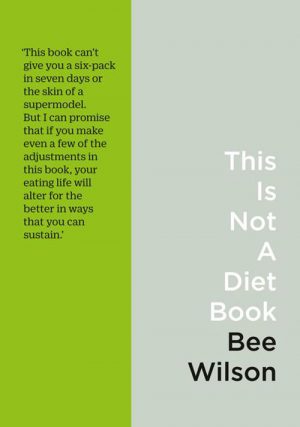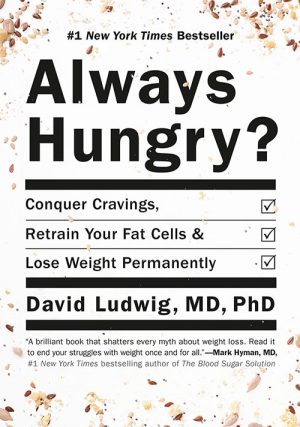We frequently take in far more calories than the health pros recommend. Only 30 percent of Canadians over the age of 12 report eating fruits and vegetables, the source of most of our micronutrients and fibre, more than five times per day. We’re eating too much of the wrong stuff.
Undernourished in a land of plenty, with an abundance of healthy food choices at our fingertips, what’s gone wrong?
For one, today we have a minefield of calories to navigate: from the moment we step foot in a grocery store, a gas station or even our workplace, we’re bombarded with ultra-processed, salty and sugary snacks in alluring packages (inedible or otherwise; think pink frosted donuts).
We’re also busy, with competing priorities in a harried technological world. We often fuel up in a rush, eager to get on to the next task. We also tend to eat the same things over and over, with little diversity in our diets.
So how do you remain — or become — a foodie and gourmet while also being conscientious of health, and nourishing the body? We may be accustomed to eating and regarding food in a certain way, but we’re not stuck there. Just as habits are learned, they can be unlearned. Just as tastes are created, they can be altered.
To make changes, the scholars and authors currently examining our relationship with food say that, rather than drudgery and dieting, and a love/hate relationship with good and bad choices, we need a new approach and fresh way of thinking.
British food historian and writer Bee Wilson’s recent This is Not a Diet Book offers tips on how to reimagine our relationship with food. She says it’s not about willpower, but joy — and our challenge is to enjoy new ways of eating. The answer, she says, is in our own brains: we have to change our tastes and appetite. “The secret is — as far as possible — to make healthy food and pleasurable food one and the same.”
In farmer, and poet, Wendell Berry’s essay “The Pleasures of Eating” (easily found online, or in his book What Are People For), he describes the importance of understanding the connection between eating and the land in order to extract pleasure from our food. The pleasure of eating, he says, should be an extensive pleasure, not that of the mere gourmet. So how to achieve this?
If the “extensive pleasure” Berry describes comes from knowing and connecting in some way to the source of our food, then it seems necessary to either grow it ourselves or shop at farmers’ markets and other places where we can get to know first- or second-hand about its origins.
To help conquer old cravings and change eating habits via a scientific lens (albeit a very accessible one), American endocrinologist David Ludwig, MD offers plenty to chew on in his book Always Hungry?, including his personal testimonial. Like Berry, Ludwig recommends preparing your own food. He says making positive lifestyle changes so you’re not left feeling unsatisfied (always hungry) is about getting back in touch with your food — literally. “Cooking is a powerful way to reconnect with food, control the quality of your diet, and save on the costs of eating or taking out at the same time.”
For me, connecting with food and balancing nourishment is aided by a passionate interest in knowing the source of my meals. I’m also inspired by food history (books, articles and anecdotes from friends, family and farmers). There are few things I enjoy more than a trip to the market and chatting with the producers. This doesn’t mean I’m always eating the most healthy and nourishing foods; no way. But when I do consume highly processed foods, I try to limit my intake, and over time have developed less of a taste for them.
In her book, Bee Wilson also writes, “If you feel trapped in unhealthy ways of eating, you need to reboot some of your tastes until you are consoled and excited by different foods.”
Again, in my case, I thought I required chocolate seven days a week, until one day I decided to cut back on sugar. So, I stopped giving myself chocolate every day. It was painful at first, as other “chocoholics” will understand, but in time, with its absence, I no longer craved chocolate as I once did. I still enjoy it, and in fact, even more so now that it’s not a daily ritual. Alternately, I never cared for steamed or sautéed collard greens, or chard, until I made a conscious effort to eat more of them. Slowly, in small quantities, I began incorporating them into my diet, dressing them up with oils and vinegars. Now I crave these greens like I once craved chocolate.
“If you feel trapped in unhealthy ways of eating, you need to reboot some of your tastes until you are consoled and excited by different foods.”
Reading List
Waking up the appetite and an interest in connecting with food can mean different things for different people. Maybe it’s a trip to a well-curated market or pantry shop, taking inspiration from the displays; an arrangement of flowering chives or a bowl of beautiful blue-green Araucana eggs. My personal favourite and go-to, whether I’m able to make a physical visit or simply a mental one based on photos and memory, is London’s La Fromagerie, with its elegant displays of fresh vegetables, dried legumes and cheese, knives, pottery and wooden chopping boards.
For some, inspiration may be found in books, or people — visiting a farm, and interacting with producers. A stroll through a fish market, or flipping the pages of a dusty old cookbook, such as Mrs Beeton’s Book of Household Management. Something about the ridiculously labour-intensive recipes in that classic tome ignites my own desire to get in the kitchen and make something — albeit much more modern.
In the end, it’s about balance; not a crackdown on eating but a celebration of how a new or renewed relationship with food might change our lives for the better. We’re not stuck in our current mode; our tastes can be changed, and trained.




